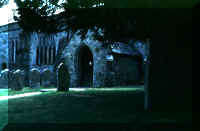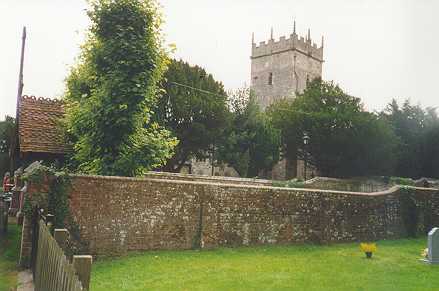|
St Mary |
|||
|
|||
|
This is "Weatherbury"
in Thomas Hardy's novels, well known for its "gurgoyles" on the church.
"The
tower of
"A beholder was convinced that nothing on earth could be more hideous than those he saw on the north side–until he went round to the south. Of the two on this latter face, only that at the north-eastern corner concerns the story. . . . Here and thus, jutting from the wall against which its feet rested as a support, the creature had for four hundred years laughed at the surrounding landscape voicelessly in dry weather, and, in wet, with a gurgling and snorting sound." [There are slight variations in the text between different editions] |
|||
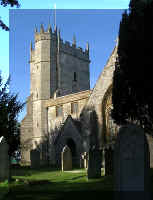 |
|||
| 1 | |||
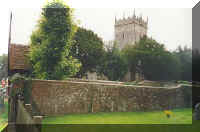 |
|||
|
|||
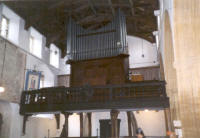 |
|||
|
A picture of the west
gallery in Puddletown church, now partly filled b the organ, and in which
in 1990 the West Gallery Music Association presented a Harvest Songs of Praise for the BBC. See also "Thomas Hardy and his Wessex" at http://www.btinternet.com/~wesspix/picindex.htm |
|||
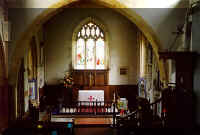 |
|||
| http://members.aol.com/thardy1001/picindex.html | |||
"Puddletown Church" Photograph © 1997, Samuel K. Sewall (to return to page, click here.) |
|||
|
|||
|
|||
|
|
|||
Please see our Home Page for important copyright notice |
|||
|
|
|||
